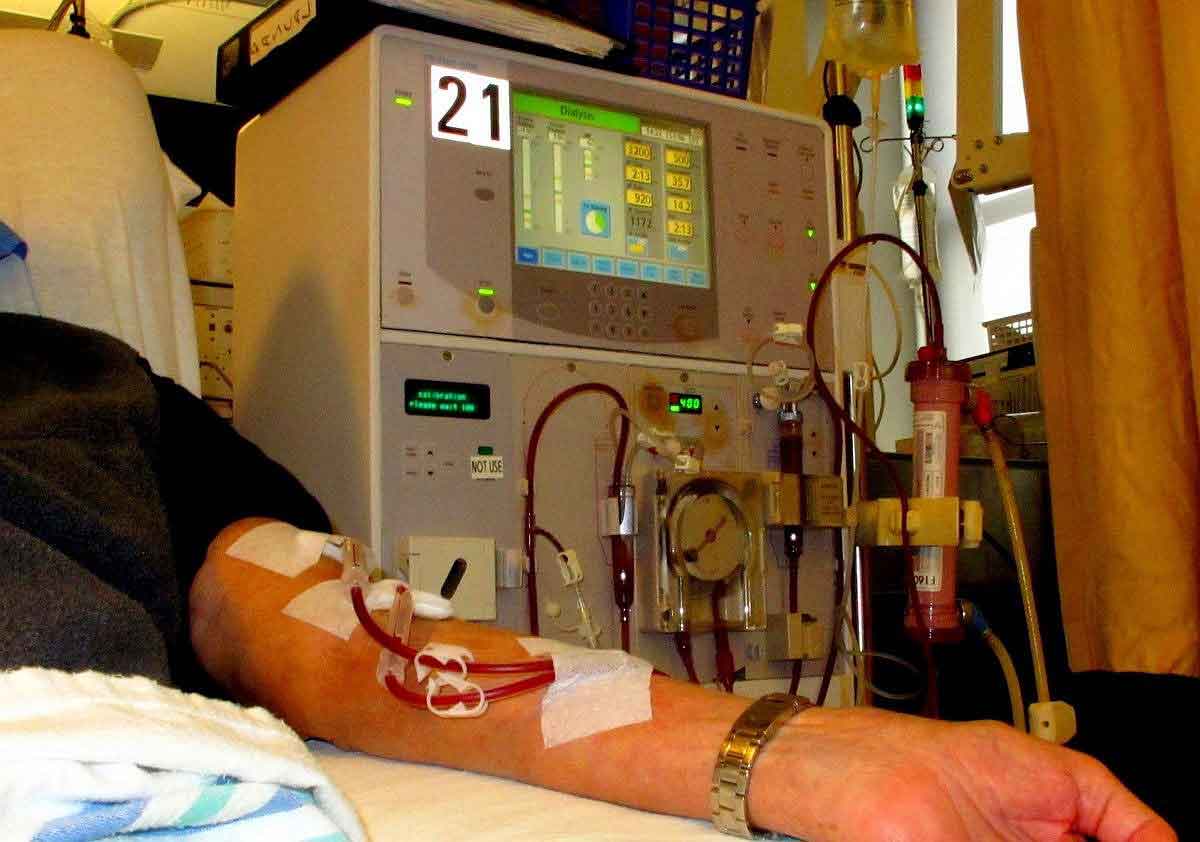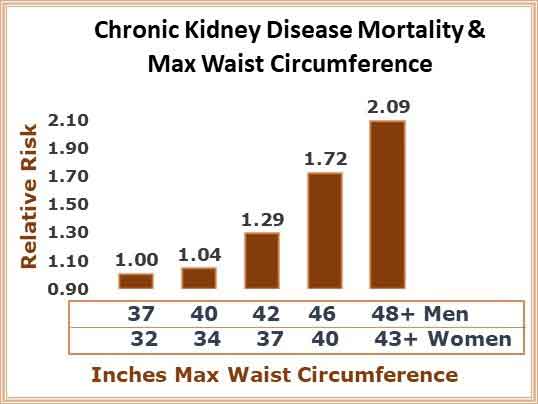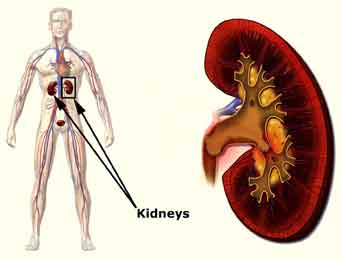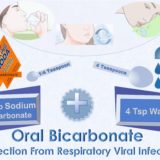Telehealth Reverse Diabetes and Chronic Kidney Disease (CKD) | Free Trial in Texas

An Epidemic of Chronic Kidney Disease (CKD) is upon us. At the rate its going, half of all U.S. adults 65 years and older will develop CKD. Two-thirds caused by some combination of diabetes and high blood pressure.
That doesn’t have to happen! The good news is that Reversing Diabetes also Reverses CKD. Promptly treated, kidney failure can be reversed and end-stage renal disease delayed indefinitely.
Call us or contact us and we’ll help you avoid or Reverse Chronic Kidney Disease.
Cause of Chronic Kidney Disease (CKD)
Currently CKD affects 15% of the U.S. population or 30 Million U.S. adults. The ongoing obesity epidemic and the aging of the U.S. population will cause an even greater increase.
The three most common causes of CKD are diabetes, high blood pressure, and inflammation of the kidney called glomerulonephritis.
Diabetes
Diabetes alone accounts for 40 percent of all CKD diagnoses. It affects two of every five people with diabetes and is the most common cause of end-stage renal disease (ESRD).
Fat tissue around organs in the abdominal cavity causes inflammation and releases toxins that damage small blood vessels in the eyes, the nerves, the skin and the kidneys. Damage to blood vessels in the kidneys allows protein to leak into the urine.
Hypertension
Hypertension causes 20 percent of all CKD. It causes hardening and obstruction of the tiny blood vessels in the filters of the kidney. Less blood is cleared of waste and the end results is ESRD.
 End Stage Renal Disease requires treatment by kidney dialysis 4 hours a day on 3 days every week! Slowing or preventing CKD will substantially reduce health care costs.
End Stage Renal Disease requires treatment by kidney dialysis 4 hours a day on 3 days every week! Slowing or preventing CKD will substantially reduce health care costs.
Testing for Chronic Kidney Disease (CKD)
Normal kidneys filter waste and regulate the balance of water and acids in the body. Blood and urine tests measure serum creatinine (SCr), glomerular filtration rate (GFR), urinary albumin, and blood urea nitrogen (BUN).
Serum Creatinine
Creatinine is a by-product of muscle metabolism that is excreted in urine.
Because creatinine is produced and excreted at a fairly steady rate, it is a reliable measure of kidney function.
Glomerular Filtration Rate
This test estimates how much blood passes through the tiny filters of the kidneys each minute. It combines Serum Creatinine, age, ethnicity, gender, height, and weight. Normal range is greater than 90 ml/min. Below 15 ml/min is defined as End-Stage Renal Disease (ESRD).
Urinary MicroAlbumin
The function of kidneys is to filter out waste and fluid into urine and keep cells and proteins in the blood. When the kidneys are damaged, protein and blood escapes into the urine.
To diagnose proteinuria requires a 24-hour urine test and calculation of the urinary microalbumin/serum creatinine ratio (ACR). A ratio of albumin (mcg/L) to creatinine (mg/L) of less than 30 is normal, a ratio of 30 to 300 signifies microalbuminuria and values above 300 are considered as macroalbuminuria.
Routine Screening for CKD
It is important for people with diabetes to have annual testing for kidney disease. Signs of kidney disease are not always noticed. Early detection is important because treatment of kidney disease slows its progression to kidney failure.
Reversal of Chronic Kidney Disease (CKD)
Recommendations for mild CKD
The goals of a CKD diet are to slow the progression of the disease and minimize any harm the accumulation of waste and fluids can do to other organs, most predominately the heart and cardiovascular system.
To this end, the diet is adjusted in three key ways:
Reduce sodium intake.
No more than 2,300 milligrams (mg) of sodium per day for adults.
If blood pressure is high, diet is further restricted to 1,500 mg daily.
Limit the intake of protein.
No more than 0.6 to 0.75 grams of protein per kilogram of body weight per day, which broadly translates to less than 50 gm/day.
Limit calories.
No more than 25 k cal/inch of standing height for basal resting metabolic rate:
• Add 250 k cal/per hr of mild exercise (or)
• 500 k cal/per hr of moderate exercise (or)
• 750 k cal/per hr strenuous exercise
Recommendations for Severe CKD
As the disease progresses and renal function drops below 70 percent of what it should be, restrict phosphorus (800 to 1,000 mg per day) and potassium (no more than 2,000 mg per day.)
Treatment of High Blood Pressure
• ACE Inhibitors (e.g. Vasotec, Capoten)
• Angiotensin II Receptor Blockers (e.g. Cozaar, Diovan)
Statin Drugs to Lower Total Cholesterol and LDL Cholesterol
e.g. Crestar, Lipitor
Diuretics to Remove Excess Water and Sodium
e.g. Diuril, Lasix
Waist Circumference and All-Cause Mortality in CKD
 Overweight and Obesity are associated with increased mortality from diabetes and kidney disease. Among 5,802 obese men and women 70 years old in the U.S. with CKD there were 686 deaths in 4 years.
Overweight and Obesity are associated with increased mortality from diabetes and kidney disease. Among 5,802 obese men and women 70 years old in the U.S. with CKD there were 686 deaths in 4 years.
The Figure shows that an increase of 11 inches in max Waist Circumference doubled the Mortality Rate in 4 years. This represents a 4 year decrease in good health as well as 2 years decreased life expectancy.
Weight Reduction and Proteinuria
Obesity causes progression of CKD as well as progression of Type 2 Diabetes. Intentional Weight Reduction causes Reversal of Diabetes and also causes Reversal of MicroAlbuminuria.
Clinical studies have been reported with Weight Reduction in 522 Obese subjects who had MicroAlbuminuria. Follow-up between 4 and 104 weeks showed significant reductions:
• Weight loss 5 to 130 lb
• Mean arterial blood pressure 1.5 to 16 mm Hg
• Proteinuria 0.03 to 2.5 g
• Microalbuminuria 9 to 333 mg
What Does This All Mean?
 Diabetes is the leading cause of kidney failure that requires hemodialysis. Unfortunately, inadequate treatment of type 2 diabetes almost guarantees eventual kidney failure. Then it’s almost too late.
Diabetes is the leading cause of kidney failure that requires hemodialysis. Unfortunately, inadequate treatment of type 2 diabetes almost guarantees eventual kidney failure. Then it’s almost too late.
Control of high blood pressure is a key factor in slowing this disease. As is strict control of body fat composition, especially fatty tissue in the abdominal cavity. Reduction of dietary protein intake also is important.
Treatment to prevent diabetic kidney disease should begin early — before kidney damage develops.
One Small Request:
If you enjoyed reading this article, do comment below and give it a share. Your share is extremely helpful to spread our message and help more like you.




